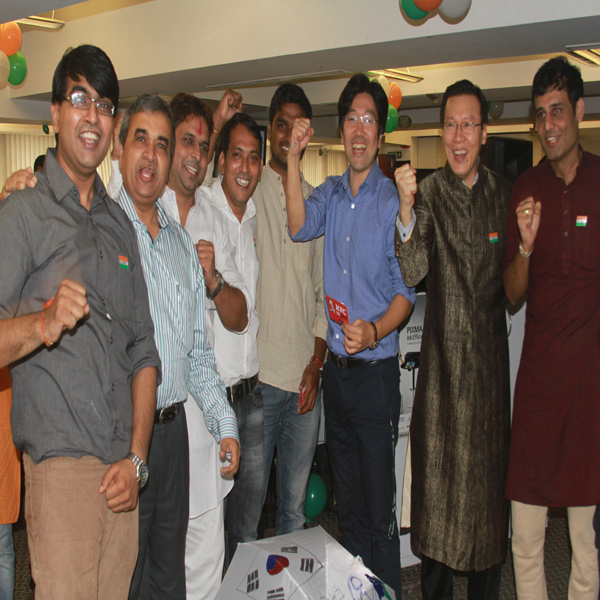Rise of HNI spells more business for luxury products in India: Ivana Perovic Shah
By Papri Das
When Yugoslav expatriate, Ivana Perovic Shah first moved to India as a teenager, she was amazed by the cultural diversity she experienced amongst her classmates. Born in Serbia, Ivana was welcoming of new culture and people, thanks to her father?s transferable job as a Yugoslav diplomat and this helped her soak in the varied flavours of this country.
Little did she know that years later, this very knowledge and interest in India?s diverse behaviour will help her as the CEO of AP Group, a leading retail and distribution of international luxury brands in the country.
Married to Daniel Shah, owner of Club Cabana in Goa, Ivana feels herself quite at home in India and has grown quite accustomed to the Indian way of life. She not only understands the regional languages but also actively researches on consumer behaviour and the market in India for luxury goods.
In a tete-a-tete with Exec Lifestyle, Ivana shares how India is emerging as a promising market for high end lifestyle goods.
As CEO of a company that distributes international luxury-wares, what has been your observation of the ups and downs in the Indian market for luxury goods in the last decade?
The last decade has been very important for the Indian luxury market. Not only has there been an influx of most international luxury brands venturing into the Indian market, but also a rise in the High Networth Individuals (HNI) in the past six years.
Consumers are more informed through travel and media (print and online). The customer base is slowly expanding. We saw that from only traditionally wealthy, the base is moving towards new age HNIs with high purchasing power. While we have seen a lot of growth, the luxury market is yet to see its boom.
What has been your observation of the Indian consumer?s mindset when it comes to luxury brands?
India has been long known for its love for luxury goods. Indian royalty, who were idiolised by the general public, often indulged in luxury products like cars and jewellery. Post liberalization, the Indian economy has seen a considerable growth rate. It has also broadened people?s mindsets and spending power. Besides, the industrial and IT revolution has also given birth to a completely new set of quality-conscious, global Indian consumers. Luxury has become all about displaying the individuals? hard earned currency. Hence, people have become exceptionally brand aware and brand conscious. With the correct products that cater to the Indian taste and mindful investment in real estate for the prime locations, luxury brands can go a long way.
As an expatriate how difficult was it for you to relate to the local mindset and evolve marketing tools accordingly?
Thanks to my father?s postings, I have spent all my teenage life in India, therefore I understand the market very well. My Masters degree in marketing helped me come back and implement the knowledge and adapt to what I know about the Indian culture.
The market is complex but with the right tactics and extensive research, we divide our resources and apply accordingly. For example, north India is open to spending more on products and the southern part of the country looks for value-for-money. Therefore, we promote our higher range products in the north and premium range in the south.
What is luxury according to you?
Luxury is high quality products, that have been meticulously created and that last for years. The design should be classic and not mindlessly themed on a short-lived trend. The best way to spend is by investing in a piece that can be passed on for generations, something you also identify with. A beautiful watch or a piece of jewellery is what I would go for.
In the coming years, what are the major trends that you foresee in the Indian luxury market and how are you planning to tap that for your company?
There are a few factors that will facilitate the growth of the Indian luxury market. These are: infrastructure, favorable regulatory environment and awareness through online media. There will be an increase in the number of young HNIs who look to buy luxury goods. We are going to tap the opportunities by bringing in the right product portfolio and expanding in the right markets. The brands are soon going to be even more accessible through online marketplaces. Fashion trends will soon be at par with the international ones, which will give us more opportunity to experiment and bring in trendier styles.
Keeping women in mind, which watches would you recommend fellow executives and why? Which are your favourite watches so far?
Must have watches for a woman would be:
1. A classic watch piece that can be worn for formal occasions.
2. A timepiece that shows a more fun side of you when not at work.
My personal favourites are rose gold watches and printed watches, which are in trend at the moment. My favorite brands would be the Gc Femme Bijou, Guess Rigor or Chopard Happy Diamonds.


 Follow Us
Follow Us






